Jonas is coming to town! No, not the those Jonas (sorry fans). Winter Storm Jonas is expected to hit NYC at around 4am on Saturday and last until Sunday afternoon.
While Washington D.C. is expected to get the brunt of it with a possible two feet of snow, NYC is projected to possibly get a foot of snow. In an update on Friday morning, the National Oceanic and Atmospheric Administration (NOAA) said that, “strong winds will combine with heavy snow to produce life-threatening blizzard conditions across portions of the mid-Atlantic Friday night and Saturday.” The U.S. National Weather Service has issued a blizzard warning for the Bronx with a projected accumulation of 10 to 18 inches of snow, 30-40 mph gusts of wind (that could go up 50mph), low visibility, and temperatures dropping down to the single digits at night.
There is still some time to prepare before the storm hits. Here are some helpful tips from The American Red Cross and Ready.gov:
Before the storm
- Make sure to get a three day supply of food (preferably of non-perishable, easy-to-prepare food) and water.
- Listen to NOAA Weather Radio and your local radio and TV stations for updated storm information. Know what winter storm watches and warnings mean.
- Check on relatives, friends, and neighbors who may need assistance preparing for a storm.
- Bring ALL animals inside before the storm hits and keep them indoors until after the storm passes (here are some additional pet safety tips from the ASPCA)
- Make sure to stock up on items like extra batteries, flashlights, sanitation and personal hygiene items. Also be sure to refill any medications that yourself or your relatives need.
- Be alert to changing weather conditions and avoid unnecessary travel.
Currently the MTA has not announced any shut down’s of service but there are several service changes. Express service is affected on the A, D, E, F, N, Q, 2, 3, 4, 5, and 6 lines while service on the B train may end early. If there is more than 10 inches of snow, service on buses, subways, Metro-North, and LIRR may be temporarily suspended. Be sure to check the MTA Winter Weather Travel Guide for more updates.
During the storm:
- Stay indoors during the storm.
- Avoid overexertion when shoveling snow. Overexertion can bring on a heart attack—a major cause of death in the winter. Use caution, take breaks, push the snow instead of lifting it when possible, and lift lighter loads.
- Drive only if it is absolutely necessary. If you must drive: travel in the day; don’t travel alone; keep others informed of your schedule; stay on main roads and avoid back road shortcuts (here are some tips if stuck in a car during a storm).
- Let someone know your destination, your route, and when you expect to arrive. If your car gets stuck along the way, help can be sent along your predetermined route.
- Never use a generator, grill, camp stove or other gasoline, propane, natural gas or charcoal¬ burning devices inside a home, garage, basement, crawlspace or any partially enclosed area. Locate unit away from doors, windows and vents that could allow carbon monoxide to come indoors. Keep these devices at least 20 feet from doors, windows, and vents.
Building owners are legally required to provide heat and hot water to their tenants by following some general guidelines:
-Between the hours of 6 a.m. and 10 p.m., if the outside temperature falls below 55 degrees, the inside temperature is required to be at least 68 degrees Fahrenheit.
-Between the hours of 10 p.m. and 6 a.m., if the outside temperature falls below 40 degrees, the inside temperature is required to be at least 55 degrees Fahrenheit.
If your building loses heat or hot water you should first speak with the building owner, manager, or superintendent. If the problem is not corrected, tenants should call 311 (for the hearing impaired, the TTY number is(212) 504-4115). Here are some more detailed advice on what to do if the heat/power goes out.
NYC has a Code Blue Alert that requires shelter access for anyone who needs it when the temperature drops below 32 degrees. Code Blue offers three options for the homeless. They can go to shelters, drop-in centers or safe havens to get assistance.
- Drop-in centers: All drop-in centers are open 24 hours a day when Code Blue procedures are in effect, taking in as many as people as possible for the duration of inclement weather. Drop-in staff also can make arrangements for homeless individuals at other citywide facilities.
- Safe havens and stabilization beds: Chronically homeless individuals may be transported to these low-threshold housing options, where they may go directly from the street to a bed.

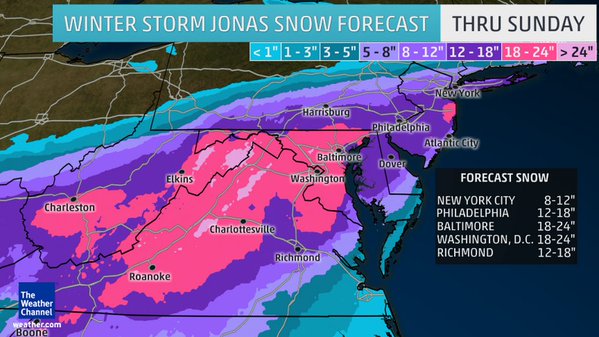

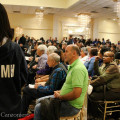
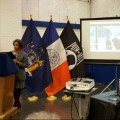
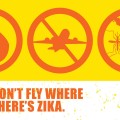
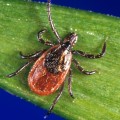











Follow Us